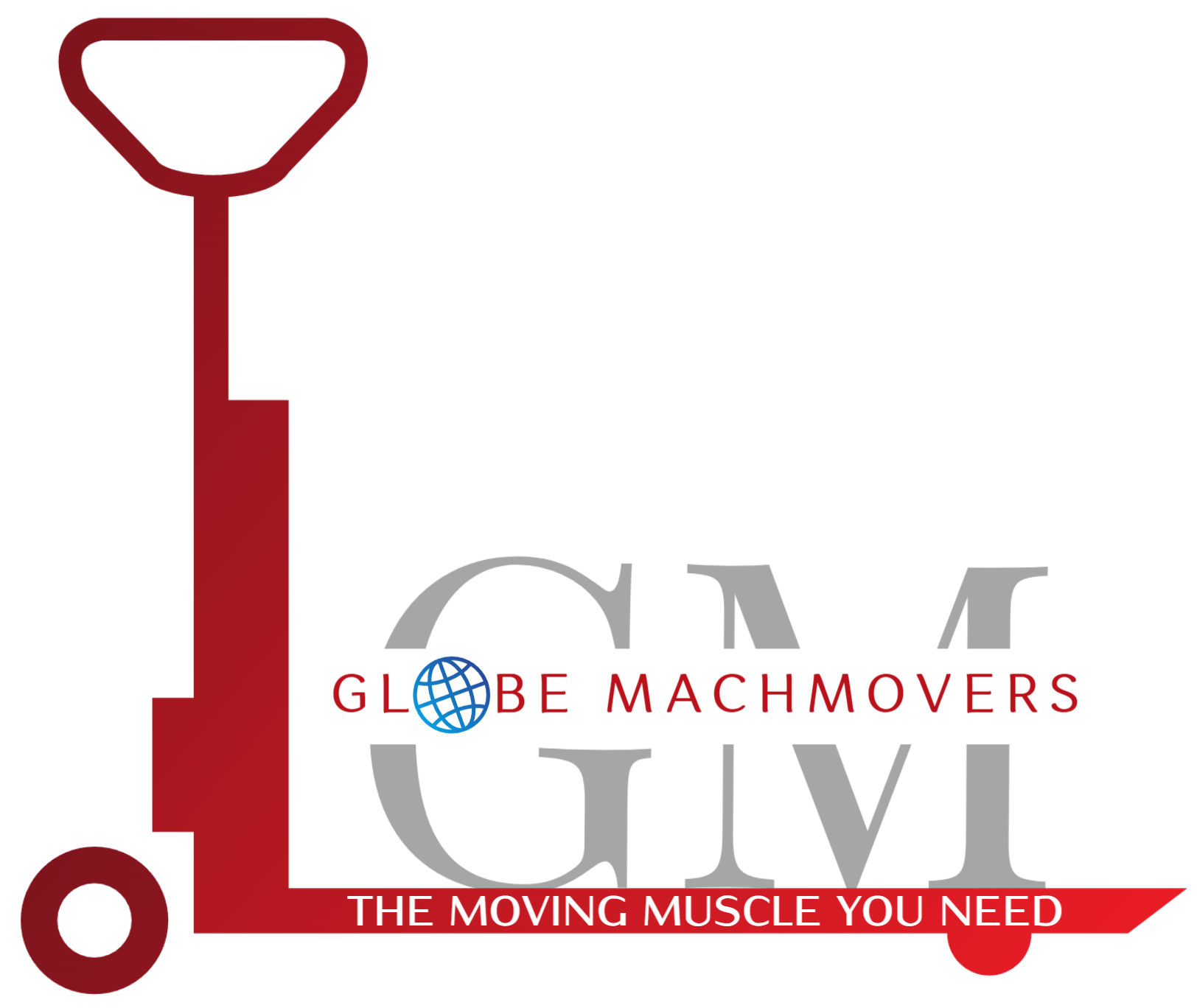A hydraulic goods lift, also known as a hydraulic cargo lift or hydraulic freight elevator, is a type of lifting equipment designed specifically for vertical transportation of goods or cargo. It is commonly used in warehouses, factories, distribution centers, and other industrial or commercial settings where there is a need to move heavy loads between different levels of a building.
The hydraulic goods lift is a non-scissor hydraulic lifting mechanical equipment. It is used to transfer goods between the second and third floors of industrial plants, restaurants and restaurants.
Goods lifts are designed to move goods, palettes and heavy loads between two or more floors, they can also function as bin/bike lifts. They are traditionally seen in back of house applications, such as catering environments, moving stock in warehouses and retail storage areas.

Here are some key features and benefits of hydraulic goods lifts:
Features:
Hydraulic System: Hydraulic goods lifts use a hydraulic system to lift and lower the platform or carriage. The hydraulic system consists of a hydraulic pump, cylinders, valves, and fluid, which work together to generate the lifting force required to raise and lower the platform.
Load Capacity: Hydraulic goods lifts are available in various load capacities, ranging from a few hundred kilograms to several tons. The load capacity determines the maximum weight that the lift can safely carry.
Platform Size and Configuration: The platform or carriage of a hydraulic goods lift can be customized to suit specific requirements. It can be designed in different sizes and configurations to accommodate various types and sizes of goods or cargo.
Safety Features: Hydraulic goods lifts are equipped with safety features to ensure the safety of the operators and the goods being transported. These may include safety gates or doors, interlocks, emergency stop buttons, overload protection, and safety sensors to detect obstructions.
Controls: Hydraulic goods lifts typically have user-friendly controls that allow for easy operation. The controls can be located on the lift itself or at different levels of the building for convenient access.
Lift Structure: The lift structure is usually made of sturdy materials such as steel, ensuring stability and durability. It is designed to withstand heavy loads and provide a safe and reliable platform for vertical transportation.
Benefits:
Efficient Vertical Transportation: Hydraulic goods lifts provide efficient and reliable vertical transportation of goods or cargo between different levels of a building. They eliminate the need for manual lifting or using stairs, saving time and effort in the movement of heavy loads.
Increased Productivity: By automating the process of lifting and lowering heavy loads, hydraulic goods lifts contribute to increased productivity in material handling operations. They allow for quick and efficient transportation of goods, reducing waiting times and streamlining workflow.
Versatility: Hydraulic goods lifts are versatile and can be used to transport a wide range of goods or cargo, including pallets, crates, machinery, equipment, and other heavy items. They can be customized to suit specific requirements and can be integrated into existing workflows or warehouse layouts.
Space Optimization: Hydraulic goods lifts help optimize space within a building. They eliminate the need for large staircases or ramps, allowing for more efficient use of floor space. Goods lifts can be installed in small areas and can reach multiple levels, maximizing storage capacity.
Safety: Hydraulic goods lifts are designed with safety in mind. They have safety features and mechanisms to prevent accidents or mishaps during operation. These safety features ensure that the goods and the operators are protected throughout the lifting process.
Cost-Effective: Hydraulic goods lifts offer a cost-effective solution for vertical transportation of goods compared to larger and more expensive freight elevators. They require less construction work and have lower installation and maintenance costs.
Hydraulic goods lifts are an essential tool for vertical transportation of goods or cargo in industrial and commercial settings. They provide efficient, safe, and reliable movement of heavy loads, contributing to increased productivity and optimized space utilization. It is important to follow safety guidelines, conduct regular maintenance, and ensure proper training for operators to ensure the safe and efficient operation of hydraulic goods lifts.



